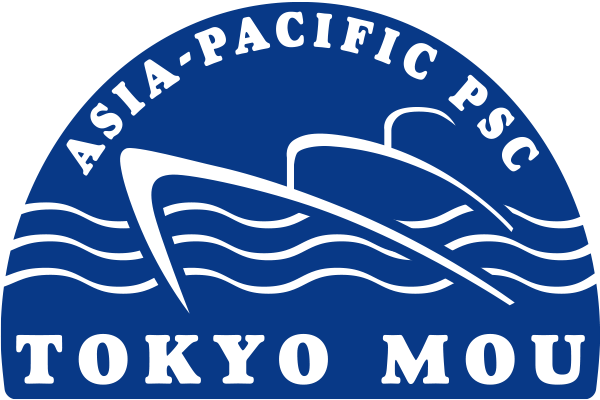About Tokyo MOU
Port State control (PSC) comes into the scene when shipowners, recognized organizations and flag State administrations have failed to comply with the requirements of the international maritime conventions. Although it is well understood that the ultimate responsibility for implementing conventions is left to the flag States, port States are entitled to control foreign ships visiting their own ports to ensure that any deficiencies found are rectified before they are allowed to sail. Port State control is regarded as measures complementary to the flag State control.
Memorandum of Understanding on Port State Control in the Asia-Pacific Region, known as the Tokyo MOU, was concluded in December 1993 at its final preparatory meeting in Tokyo.
Signed:
1 December 1993
Effective Date:
1 April 1994
Governing body:
Port State Control Committee
Secretariat:
Tokyo MOU Secretariat
Database center:
Asia-Pacific Computerized Information System (APCIS)
Memorandum of Understanding
Access the full text and details of the Memorandum of Understanding that established Tokyo MOU
Code of Good Practice
Guidelines and standards for conducting port State control inspections in the Asia-Pacific region
Our Mission
Learn about Tokyo MOU’s mission, vision, and strategic objectives in promoting maritime safety
Organizational Structure
Explore the structure and governance framework of the Tokyo MOU organization
Member Authorities and Observers
Directory of the 22 member Authorities and 17 Observers that form the Tokyo MOU
Port State Control Committee
Information about the committee that oversees port state control activities in the region
APCIS
Information about APCIS, the database system for sharing inspection data among member Authorities
Tokyo MOU Secretariat
Details about the Secretariat that coordinates and administers the activities of Tokyo MOU
